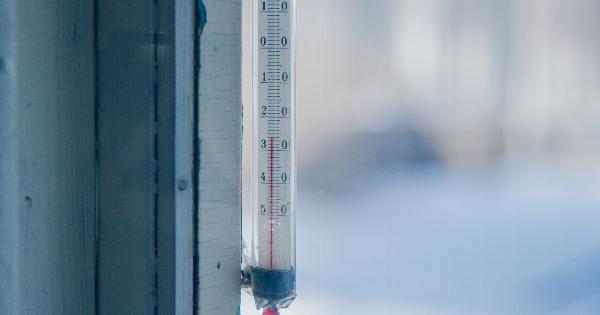Thermal failure is a common issue in industrial equipment, and it can result in costly downtime, lost productivity, and damage to equipment.
Knowing the signs of thermal failure can help you catch potential problems early and prevent catastrophic failures.
3 Indicators of Thermal Failure
1. Temperature Fluctuations
Temperature fluctuations in machinery can be one of the first signs of thermal failure. If you notice that the temperature of your equipment is fluctuating frequently, then it could be an indication that something is wrong.
There are several reasons why temperature fluctuations could be occurring. One common cause is that the cooling system is not working correctly. This could be due to a malfunctioning fan, clogged coolant lines, or a failing pump.
Another possible cause of temperature fluctuations is that the equipment is not properly insulated. Poor insulation can cause heat to escape from the equipment, causing temperature fluctuations.
If you notice temperature fluctuations, it’s essential to investigate the issue right away. Ignoring these fluctuations can lead to more serious problems later on.
2. Unusual Noises
Unusual noises in your equipment can be a sign of thermal failure. If you hear any strange noises coming from your equipment, it could indicate that something is wrong.
These noises could include squeaking, grinding, or banging sounds that are not typical for the equipment.
One reason for unusual noises is thermal expansion. As equipment heats up, it expands, and as it cools down, it contracts. This process can cause metal parts to rub against each other, creating unusual sounds.
Another potential cause of unusual noises is that the equipment is not properly lubricated, causing friction and damage to machinery.
If you hear any unusual noises, it’s essential to investigate the problem immediately. Ignoring strange noises can lead to more significant issues, such as component failure or catastrophic machinery breakdowns.
3. Increased Energy Consumption
If you notice that your energy bills are higher than usual, it could be an indication of thermal failure. When your equipment is operating correctly, it should use a consistent amount of energy.
However, if there is a problem with the equipment, it may use more energy than it needs to operate correctly.
One explanation for increased energy consumption is that the cooling system is not functioning correctly. It may be working overtime to compensate for a malfunctioning fan, clogged coolant lines, or a failing pump.
Another potential reason for increased energy consumption is poor insulation. As heat escapes from the equipment, the cooling system has to work harder to compensate, leading to higher energy bills.
If you notice an increase in your energy bills, it’s important to investigate the issue right away. Addressing the issue quickly can help prevent more serious problems later on.
Conclusion
Thermal failure is a common issue in industrial equipment and can result in significant downtime and damage to equipment. Knowing the signs of thermal failure can help you catch potential problems early and prevent catastrophic failures.
Temperature fluctuations, unusual noises, and increased energy consumption are all indicators of potential thermal failure. If you notice any of these signs, it’s important to investigate the issue right away.































